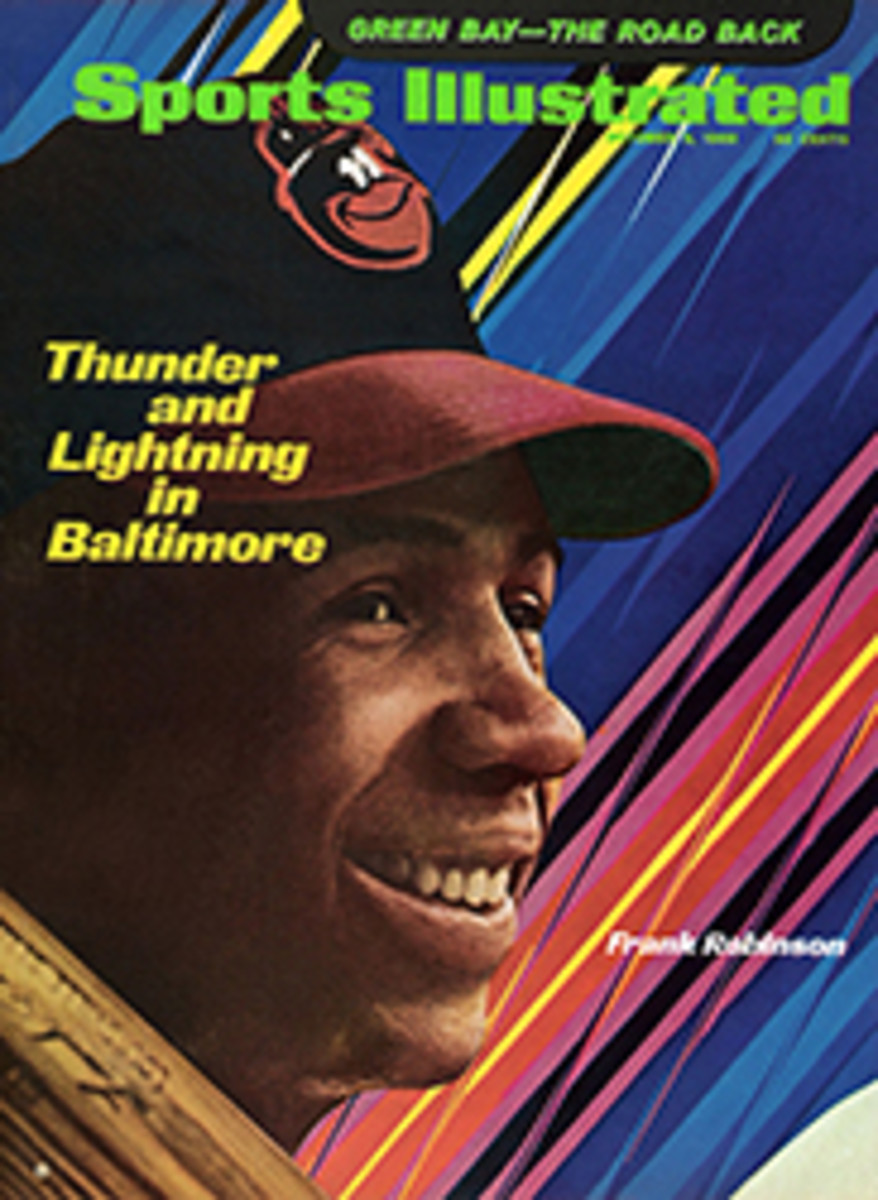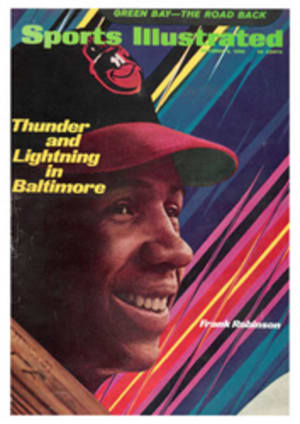
Here comes a hobby that can drive you crazy
Everyone knows that Americans are incurable collectors of things. Bottle caps, marbles and old baseball bubble-gum trading cards have always been fine in their fashion, but recently a newer old hobby has been moving up. Many enthusiasts are turning to sports stamps, a game that any number can play.
One reason the challenge is so satisfying today is that it goes on and on. The first sports stamps were a series of 12 issued by Greece in 1896 to publicize and finance the revival of the Olympic Games. The stamps helped pay for the construction of the stadium (roughly $200,000 in those days) and 1896 was the only year in which the Games did not end in some kind of financial confusion. The stamps—like the one shown at the bottom of the opposite page—depicted the sports and mythology of ancient Greece.
It was not until the 1930s that stamp designs began to appear in the more vigorous style shown on these pages, and sports philately became a new fashion. In topical collections—those that are centered around a single subject—sports stamps are now in the top 10.
Actually, stamp hobbyists say that it is hard for a collector to keep up with the supply. In fact, Ira Seebacher, of Roslyn, N.Y., a former baseball writer who has one of the most complete collections in existence, complains that it never will be complete. Seebacher says there are at least 6,000 sports stamps already on the market, and a dozen or so new ones appear each week. The catalog of Olympic stamps alone, starting with the series of 12 dignified commemoratives, runs to 336 pages.
It was a long time before the world's postal authorities followed the lead provided by Greece, but when the trend got going, it ran wild. As designs became more dramatic and colorful, some countries (emerging African nations, destitute South American dictatorships, midget European principalities) began to make ends meet by constantly issuing new stamps—any kind of stamp, often very poorly printed, and even more often showing some sport alien to the country.
The London Games of 1948 saw the beginning of thousands of issues aimed at the sports philatelist by countries otherwise not noticeably involved in the Olympics—Peru, South Korea and Monaco, for example. Austria's modest set of seven stamps commemorating the Ninth Winter Games at Innsbruck five years ago was supplemented by sheets and sheets of stamps from such unlikely places as Burundi and Bhutan.
World Cup issues add to the mounting heap. Whether a country wins or loses, reaches the last 16 or even plays soccer at all, is incidental. Paraguay, Albania and the Arab oil states all celebrate the World Cup every four years as a matter of course. In May 1962, Mongolia honored the game with an issue printed in Budapest in English, thus making the best of both worlds.
In the face of all this the U.S. Government has kept its cool. So far the 1932 Winter and Summer Olympics, the Pan-American Games, basketball, baseball, football, the American Turners and Ducks Unlimited have had their stamps. It's a beginning.
THREE PHOTOS
A SAMPLING OF STAMPS that rate with today's philatelists includes bobsledding, discus throwing, gymnastics and a variety of sports activities, but the most valuable in any collection is the sepia number (right) which shows the Acropolis and Parthenon at Athens, issued to mark the 1896 revival of the Olympics. It now brings $275 on the sports stamp market.

